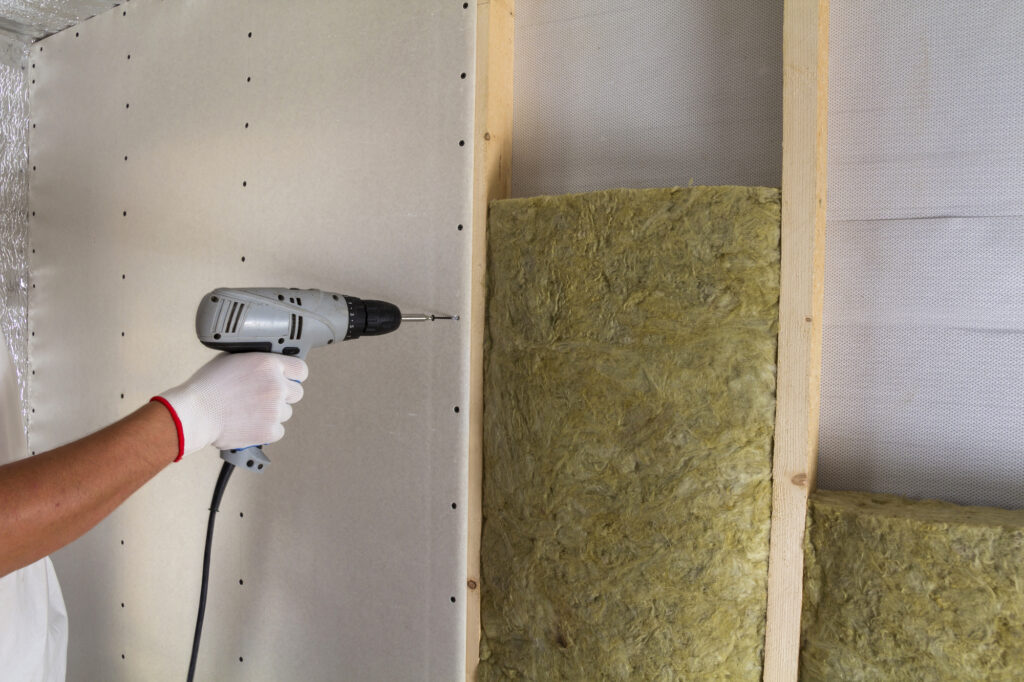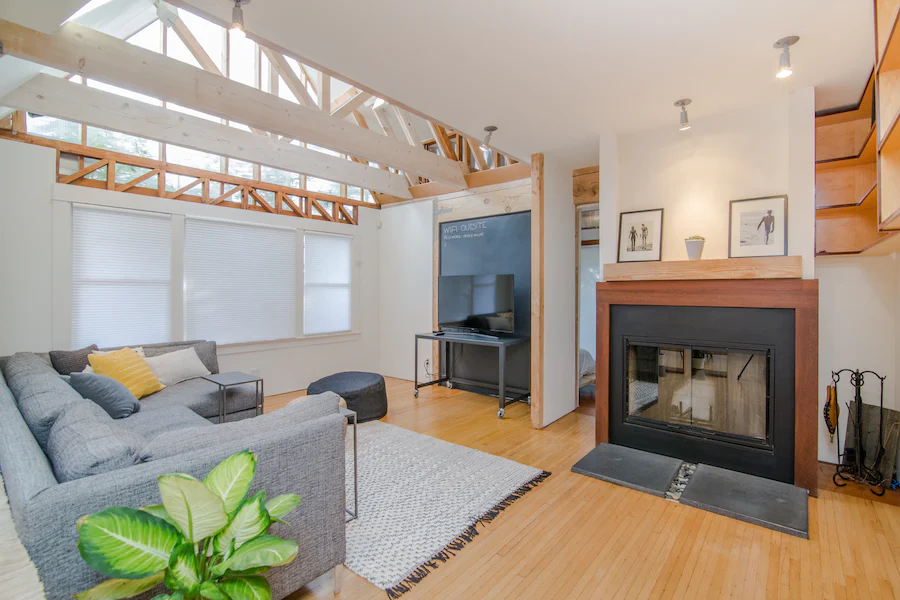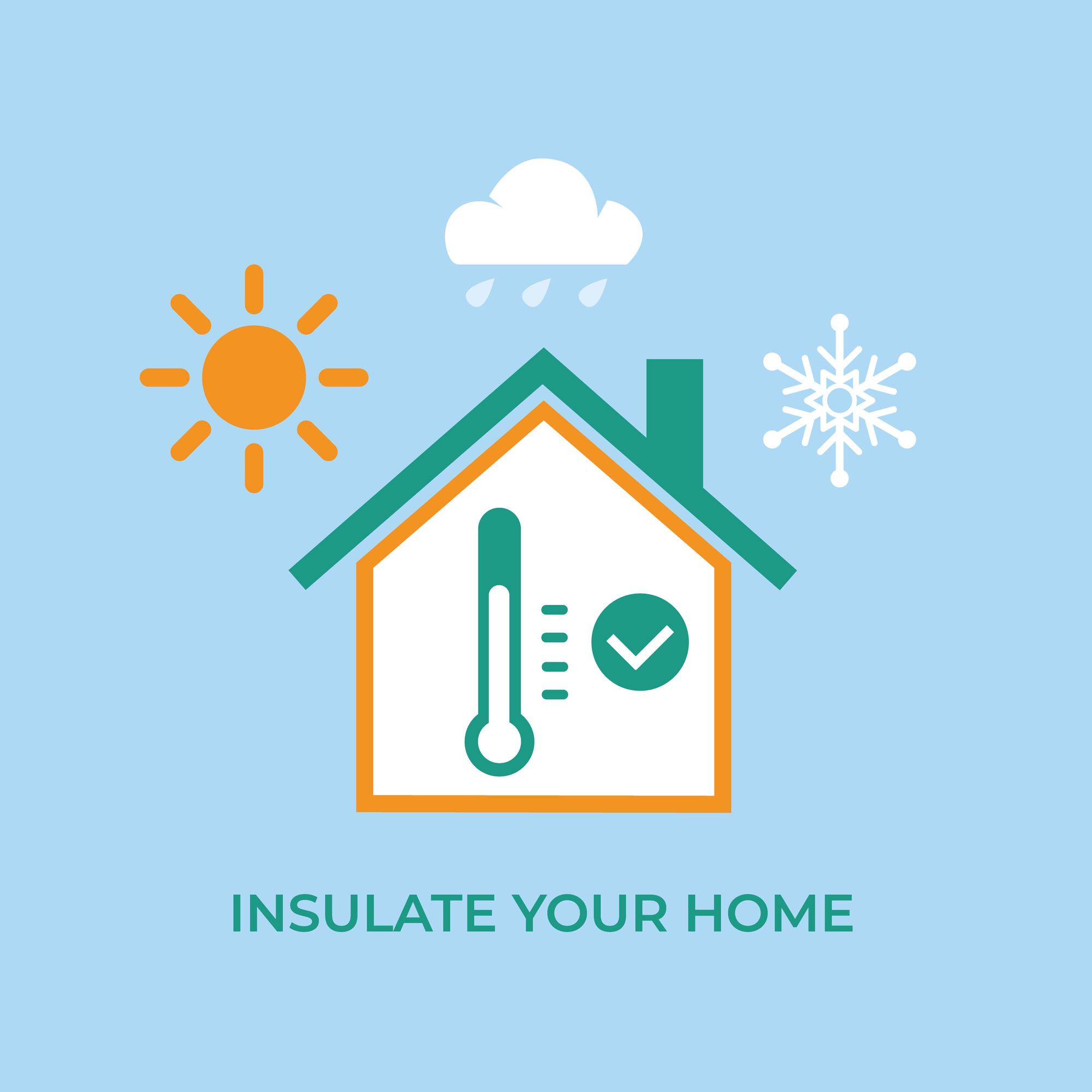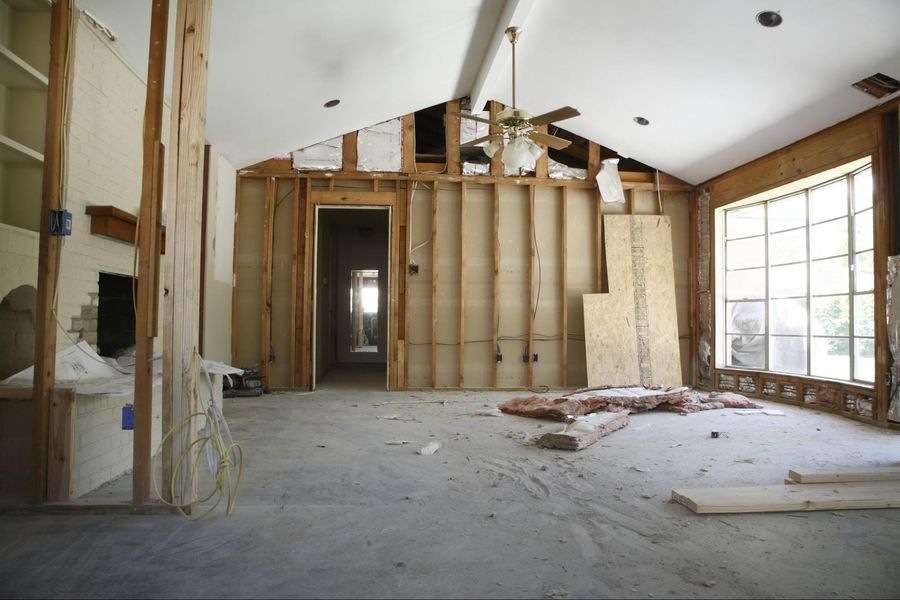Whether you’re looking for a new house or planning a renovation, knowing the state of a home is extremely important. That’s why home inspections are necessary for the home buying process. Potential buyers and sellers want to know the strengths and weaknesses of the home.
When it comes to wall insulation, it’s not always black and white. Poorly insulated exterior walls can lead to high energy bills, fluctuating temperatures, and can be a safety hazard. There are also various different types of insulation that can all have their own problem areas to address. Knowing whether you have insulated walls is just the first step.
A well-insulated home means staying warm even during the coldest of days during the winter months. Wall insulation is material that is placed between walls that makes it easier to heat and cool a home. Materials used for insulation include fibreglass insulation, loose-fill insulation, spray foam insulation, rock or slag wool, or cellulose insulation.
Checking out your wall cavity
While some may say that you can tell if your home is insulated by just knocking on the walls, this isn’t the case. Rather, one of the very first things many homeowners do to check if their walls are insulated is to do a drill test.
This involves drilling a small hole into a wall, preferably a closet with an exterior wall and using an inspection scope to view in the cavity. You might also consider drilling a tiny hole above the kitchen cabinets. These small holes can give you a glance into the wall cavity where you can check the insulation.
You might also try looking behind light switches or the cover plate of your electrical box. These sites can help you get a better view of your insulation situation.
Do I have under-insulated walls?
Unless you’ve just recently put new or more insulation into your wall cavities, chances are, they are under-insulated. If you suspect that you do not have enough insulation or that you have poor insulation, here are some main signs to look out for:
High energy costs
Proper insulation protects against cold temperatures and helps keep your house at a comfortable temperature. If your heating system or air conditioning unit has to work overtime to keep the temperature regulated, this will show on your energy bills – creating costly problems that require your attention.
Look over your past bills and see if there has been a spike in utilities over the past few months. Energy-efficient homes with proper insulation should see even temperatures instead of spikes in their heating and cooling bills. When this is the case, it’s very likely that your insulation needs work to keep warm air from escaping through the walls or your roof and to stop cool air from entering.
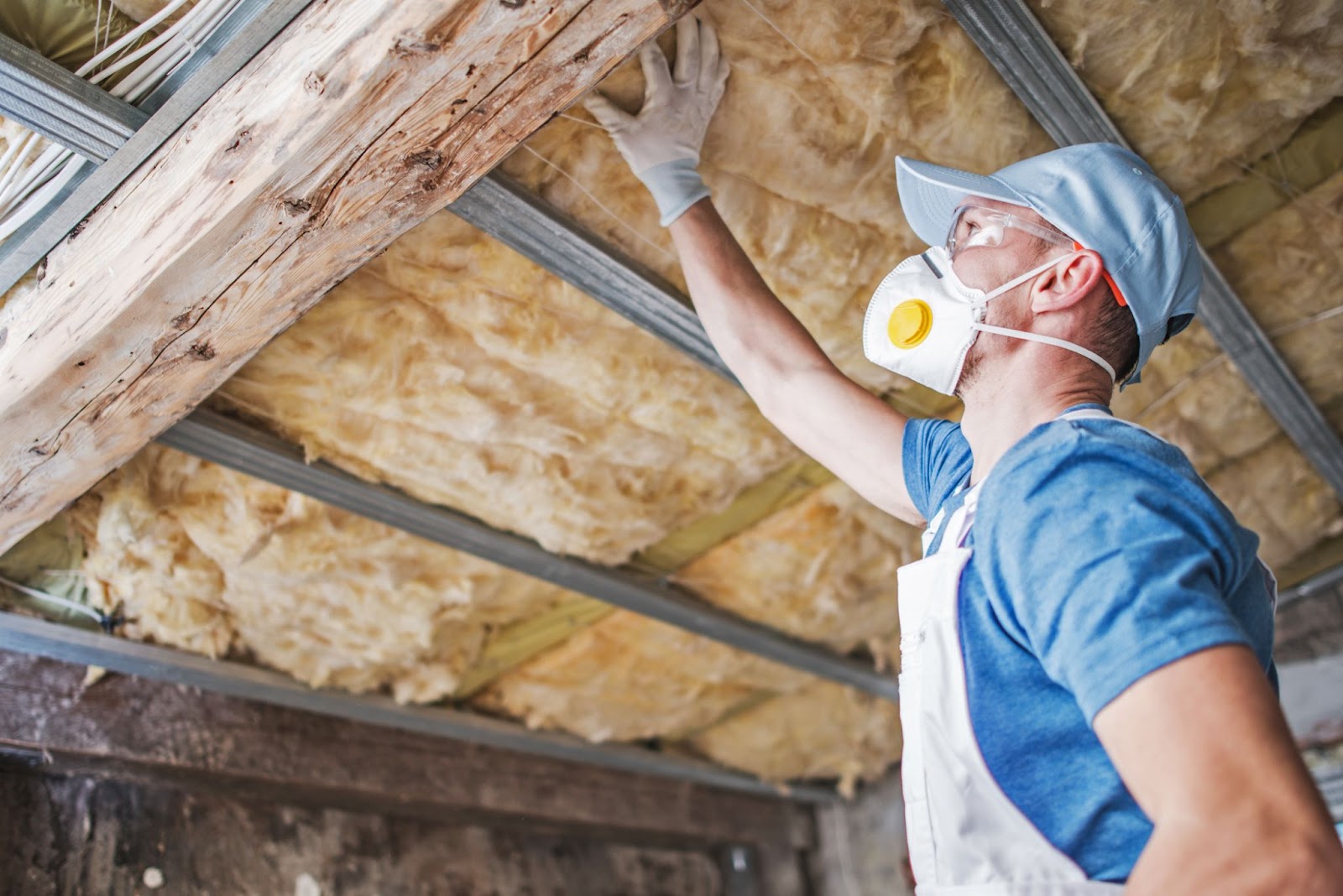
Cold rooms and floors
Do you walk into a room and notice a huge difference in temperature compared to other rooms in your home? Do you rely heavily on your slippers or thick socks to keep your feet warm? Do you feel cold in your home even though your heating is set? Chilly drafts and cold rooms or floors are other clear signs that you might have a poorly insulated home and that there is cool air entering your home.
The lack of strong insulation can mean that cold air is entering your home and warm air is escaping through window frames or gaps in the wall cavity. Walls are another big source of your home’s heat loss. Even if your windows aren’t open, a poorly insulated area can make it feel like there is a draft coming through.
When your existing insulation is doing its job, your floors and walls should not fail the touch test but should keep your home warm. This means a properly insulated wall should feel warm to the touch. This is how you know that the insulation is keeping warm air inside rather than letting it escape.
Water leaks in the attic
A sign that requires your prompt attention is when you have a leaky attic. Just as cold air can enter your home, so does water. Water leaks in your attic are likely the result of poor insulation. Adding insulation to your home can combat these types of home problems.
Water damage in your home has the opportunity to lead to bigger problems, so it’s recommended that you get on top of this by adding proper insulation to your home.
Frozen pipes and ice dams
When heat escapes a poorly insulated roof during a cold winter, it can melt the bottom layer of snow that has settled and then re-freeze, creating a thick layer of large chunks of ice there instead. This is called ice damming and is the result of an insulation problem.
It is said that roughly a quarter of a home’s heat seeps through the attic and roof, leading to this type of ice or water build-up. Oversized icicles are common signs that ice damming has occurred. Ice dams can wreak havoc on your roof and energy bills leading to bigger problems down the road.
Another one of the huge indicators of an insulation problem is frozen pipes. This occurs when the pipes are exposed to extremely low temperatures for a long period of time. When this happens, there’s also a risk of those pipes bursting, leading to thousands of dollars worth of damage. Checking for this clear sign can help you avoid bigger problems and bigger bills.
Better safe than sorry
If you suspect that your insulation isn’t doing its job or that you have some damage caused by poor insulation, it’s recommended that you get these things looked at by professionals. Conducting a home inspection that looks at the insulation is also important in the home buying process.
This step can help you avoid bigger issues down the line or damage to your home. Looking after your home’s insulation can also help you save money on your bills and optimize the energy efficiency in your home.
Helana Mulder is one of REP/CREW magazine’s content writers and has been writing with them for a few months now. Helana’s interest in real estate writing began when her father started his real estate business over 15 years ago. After graduating from university with a degree in English Writing and Communications, Helana began writing content professionally. Outside of work, Helana enjoys listening to music, playing card games with friends, and reading the latest true crime novel.


